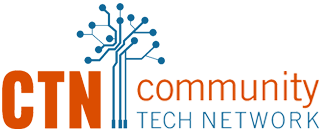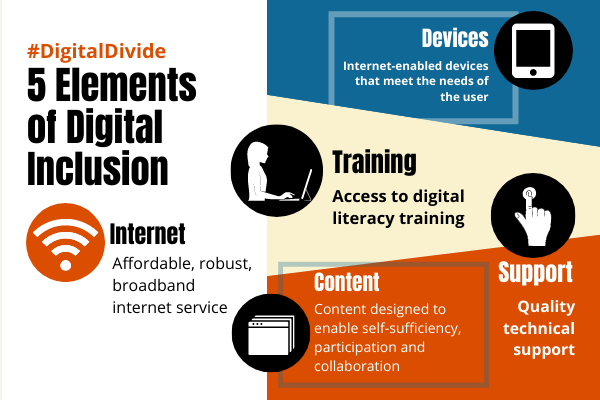According to the National Digital Inclusion Alliance, digital inclusion refers to the “activities necessary to ensure that all individuals and communities, including the most disadvantaged, have access to and use of Information and Communication Technologies (ICTs).” Often referred to as a three-legged stool, digital inclusion entails three essential elements: access to the internet, digital literacy skills, and a digital device. It is also important, though, that users have access to relevant content and technical support. Without any one of these, users are unable to fully benefit from or properly utilize technology. This poses a problem, then, for the millions of Americans who lack an operational digital device during a global shortage.
Over the past year, there has been a dwindling supply of affordable and refurbished digital devices available in the U.S. This is in part due to COVID delays in manufacturing and the so-called global chip shortage. It is also a result of an unprecedented increase in demand by school districts ordering tablets and Chromebooks for their students to use during remote instruction.
With few low-cost options available, it is especially difficult for older and low-income adults to acquire a device that suits their needs without breaking the bank. A Pew study revealed that these populations are significantly less likely to own a tablet or laptop than those with more affluent backgrounds or higher education levels.
CTN’s Home Connect, Senior Connect, and partner programs allow every qualified participant to keep their loaned tablet or laptop upon completing their digital literacy training lessons. Providing these devices in addition to skills training is imperative, especially while many computer labs and libraries have limited access and capacity. However, it is only possible to do it if we have enough tablets to distribute. Want to help out? Consider donating to help people get the devices they need to utilize their digital skills!


Comments are closed.